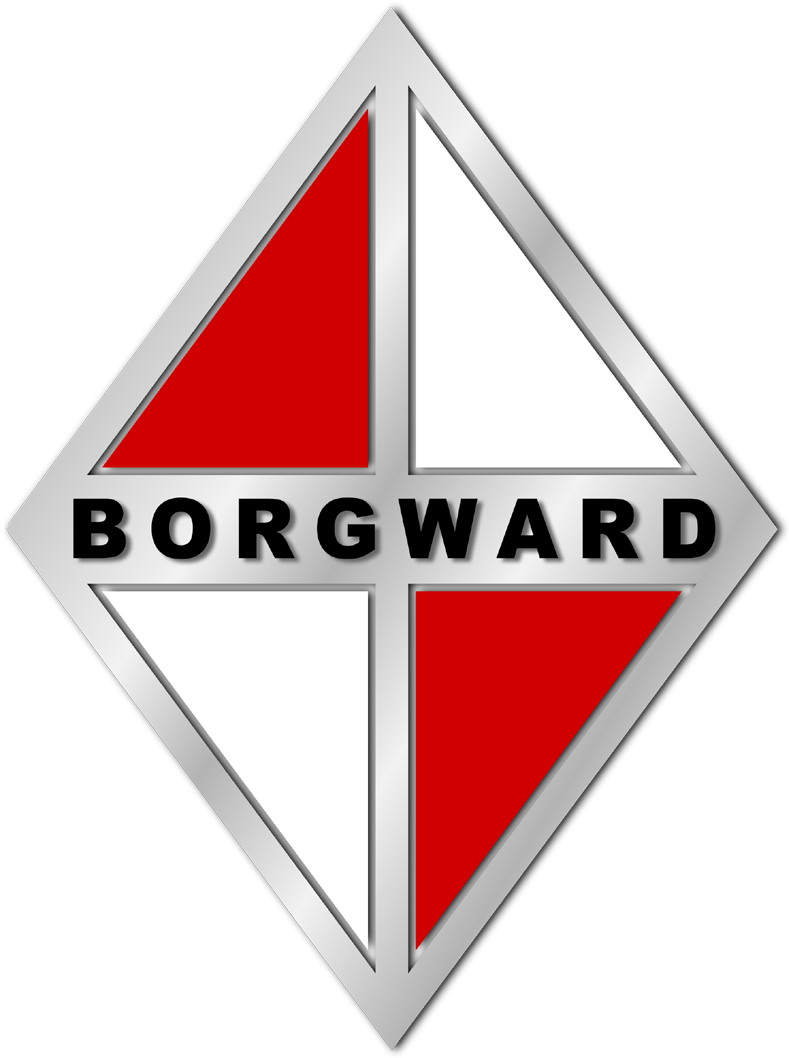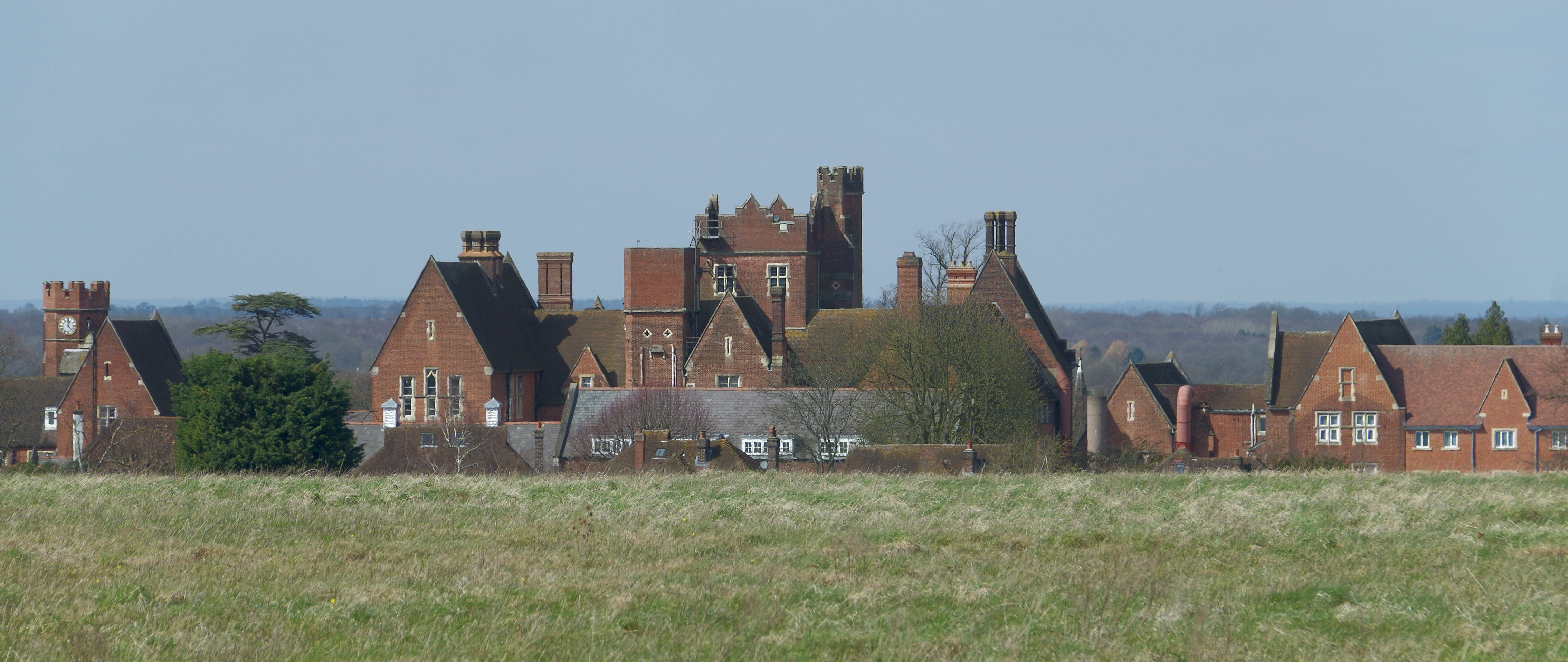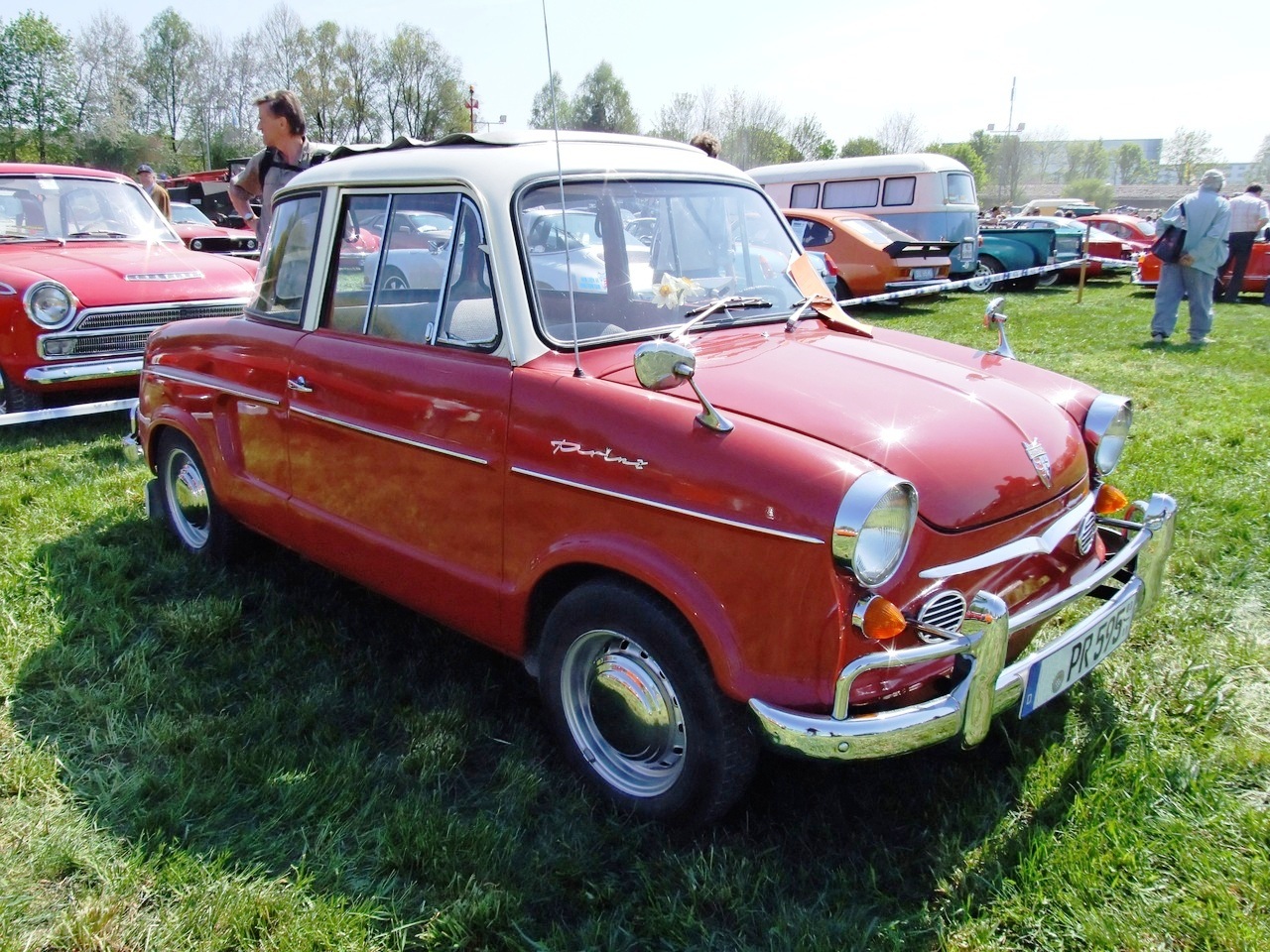|
Lloyd 600
The Lloyd 600 is a small car produced by the Borgward Groups's Lloyd Motoren Werke GmbH (''Lloyd Motor Works'') in Bremen between 1955 and 1961. The Lloyd Alexander was identical to the Lloyd 600 in most respects, but in place of the three speed transmission of the Lloyd 600, the Lloyd Alexander featured a four-speed gear-box (and a higher final drive ratio). The Lloyd Alexander was offered, in parallel with the Lloyd 600, between 1957 and 1961. One difference visible from the outside was that the Lloyd Alexander included an opening hatch into the rear luggage locker, whereas drivers of the Lloyd 600 had to reach behind the rear seat in order to access the luggage locker. There was also a Lloyd Alexander TS offered between 1958 and 1961 which featured a larger carburetor and a high final drive ratio, as a result of which it offered a maximum power output of 25 PS instead of the 19 PS available from the engine fitted to the Lloyd 600 and standard Lloyd Alexander. Engine and runni ... [...More Info...] [...Related Items...] OR: [Wikipedia] [Google] [Baidu] |
Borgward
The former Borgward car manufacturing company, based in Bremen, Germany, was founded by Carl F. W. Borgward (1890–1963). It produced cars of four brands, which were sold to a diversified international customer base: Borgward, Hansa, Goliath and Lloyd. Borgward's Isabella was one of the most popular German premium models in the 1950s, while Lloyd's Alexander / Lloyd 600 model offered affordable mobility to many working-class motorists. The group ceased operations in 1961, following controversial insolvency proceedings. The brand was revived in the 21st century, with the Stuttgart-based Borgward Group AG designing and marketing cars manufactured in China. Origins of the component companies The origins of the company go back to 1905 with the establishment in Varel (near Bremen) of Hansa Automobilgesellschaft and the foundation in Bremen itself of NAMAG, maker of the Lloyd car. These two businesses merged in 1914 to form the "Hansa-Lloyd-Werke A.G." After the war, in ... [...More Info...] [...Related Items...] OR: [Wikipedia] [Google] [Baidu] |
Lloyd Arabella
The Lloyd Arabella was a passenger car produced by the Borgward Group in West Germany between 1959 and 1961. After the company's controversial bankruptcy the Arabella continued to be produced, albeit in greatly reduced quantities and branded as the Borgward Arabella until 1963. By the standards of the time and place it would have been defined as a small family car. The Arabella was the first (and as matters turned out the last) car from Borgward's Lloyd division to be fitted with a four cylinder engine. Body and chassis The Arabella was a completely new design, owing nothing to the Lloyd Alexander which it initially complemented and then replaced in the manufacturer's range. It was developed in just 23 months,Peter Kurze: ''Borgward Typenkunde.'' Delius Klasing Verlag, Bielefeld 2009, , pp 0-33. which later commentators have asserted was much too short a period in which to identify and eliminate "teething-troubles" ahead of launch. It was constructed using a frame of tube-steel w ... [...More Info...] [...Related Items...] OR: [Wikipedia] [Google] [Baidu] |
Cars Introduced In 1955
A car or automobile is a motor vehicle with wheels. Most definitions of ''cars'' say that they run primarily on roads, seat one to eight people, have four wheels, and mainly transport people instead of goods. The year 1886 is regarded as the birth year of the car, when German inventor Carl Benz patented his Benz Patent-Motorwagen. Cars became widely available during the 20th century. One of the first cars affordable by the masses was the 1908 Model T, an American car manufactured by the Ford Motor Company. Cars were rapidly adopted in the US, where they replaced animal-drawn carriages and carts. In Europe and other parts of the world, demand for automobiles did not increase until after World War II. The car is considered an essential part of the developed economy. Cars have controls for driving, parking, passenger comfort, and a variety of lights. Over the decades, additional features and controls have been added to vehicles, making them progressively more complex. These i ... [...More Info...] [...Related Items...] OR: [Wikipedia] [Google] [Baidu] |
1960s Cars
Year 196 ( CXCVI) was a leap year starting on Thursday (link will display the full calendar) of the Julian calendar. At the time, it was known as the Year of the Consulship of Dexter and Messalla (or, less frequently, year 949 ''Ab urbe condita''). The denomination 196 for this year has been used since the early medieval period, when the Anno Domini calendar era became the prevalent method in Europe for naming years. Events By place Roman Empire * Emperor Septimius Severus attempts to assassinate Clodius Albinus but fails, causing Albinus to retaliate militarily. * Emperor Septimius Severus captures and sacks Byzantium; the city is rebuilt and regains its previous prosperity. * In order to assure the support of the Roman legion in Germany on his march to Rome, Clodius Albinus is declared Augustus by his army while crossing Gaul. * Hadrian's wall in Britain is partially destroyed. China * First year of the '' Jian'an era of the Chinese Han Dynasty. * Emperor Xian of ... [...More Info...] [...Related Items...] OR: [Wikipedia] [Google] [Baidu] |
Laurence Hartnett
Sir Laurence John Hartnett CBE (26 May 18984 April 1986) was an engineer who made several important contributions to the Australian automotive industry, and is often called "The Father of the Holden". Childhood Hartnett was born into a middle-class family in Woking, England. His mother, Katherine Jane Taplin, was the daughter of Wiltshire farmer George Taplin and his wife Kate. His father, Irish born John Joseph Hartnett, was a doctor and inventor of patent medicines from Clonakilty, County Cork, who had an M.D. from Dublin and in 1892 had published a pamphlet on the treatment of tuberculosis. In addition he had invented an inhaling machine by means of which tubercular patients could breathe fresh, dry, medicated air. John Hartnett and Katherine Taplin married in Portsmouth on 1 May 1897 and went to live in Woking where in March of the following year their only child, Laurence (known as Larry) was born. The latter, however, was to retain no memory of his father who died nine mont ... [...More Info...] [...Related Items...] OR: [Wikipedia] [Google] [Baidu] |
Carl Borgward
Carl Friedrich Wilhelm Borgward (November 10, 1890 in Altona, Hamburg – July 28, 1963 in Bremen (city), Bremen) was a German engineer and designer and the creator of the Borgward group, based in Bremen. Biography He was of modest origin, the son of coal retailer Wilhelm Borgward, and had twelve brothers and sisters. He undertook mechanical engineering studies, and obtained his engineering degree from Leibniz University Hannover, Hannover Technical University in 1913. He was wounded during World War I. In 1919 he became one of the partners of ''Bremer Reifenindustrie''. The company was restructured and in 1920 became ''Bremer Kühlerfabrik Borgward & Co. In 1924 and 1925 the company started to produce the small Motorized tricycle, three-wheel trucks ''Blitzkarren'' and ''Goliath''. With his partner Wilhelm Tecklenborg, in 1928 he created the company ''Goliath-Werke Borgward & Co''. When the two associates took over ''Hansa-Lloyd-Werke'' in 1931, this became the Borgward Gr ... [...More Info...] [...Related Items...] OR: [Wikipedia] [Google] [Baidu] |
NSU Prinz
The NSU Prinz (Prince) is an automobile which was produced in West Germany by the NSU Motorenwerke AG from 1958 to 1973. NSU Prinz I, II & III The first post-war NSU car, the Prinz I, was launched at the Frankfurt Motor Show in September 1957 accompanied by the advertising slogan "Fahre Prinz und Du bist König" ''("Drive a Prince and you're a king")''. After a pilot run of 150 preproduction cars, volume production began in March 1958. The Prinz I was available as a 2-door saloonMichael Sedgwick & Mark Gillies, ''A-Z of Cars 1945-1970'', page 145 featuring an upright roof line and seating for four people. The doors opened wide enough to permit reasonable access even to the rear seats, although leg room was severely restricted if attempting to accommodate four full sized adults. In addition to a luggage compartment accessed via a hatch at the front of the car and shared with the spare wheel and fuel filler, there was a narrow but deep full width space behind the rear seat suffi ... [...More Info...] [...Related Items...] OR: [Wikipedia] [Google] [Baidu] |
Volkswagen Karmann Ghia
The Volkswagen Karmann Ghia is a sports car marketed in 2+2 coupe (1955–1974) and 2+2 convertible (1957–1974) body styles by Volkswagen. Internally designated the Type 14, the Karmann Ghia combined the chassis and mechanicals of the Type 1 (Beetle) with styling by Italy's Carrozzeria Ghia and hand-built bodywork by German coachbuilding house Karmann. For its final model year, the vestigial rear seat was discontinued for North American models, as it lacked provisions for seat belts; all Karmann Ghias for 1974 were marketed strictly as two-seaters. During 1962–1969, Volkswagen marketed the Type 34, based on the Type 3 platform, featuring angular bodywork and mechanicals from said platform. More than 445,000 Karmann Ghias were produced in Germany over the car's production life, not including the Type 34 variant. Volkswagen do Brasil (Volkswagen Brasil) produced 41,600 Type 34s in Brazil for South America between 1962 and 1975. Long noted for its exterior styling, the Karm ... [...More Info...] [...Related Items...] OR: [Wikipedia] [Google] [Baidu] |
Volkswagen
Volkswagen (),English: , . abbreviated as VW (), is a German Automotive industry, motor vehicle manufacturer headquartered in Wolfsburg, Lower Saxony, Germany. Founded in 1937 by the German Labour Front under the Nazi Party and revived into a global brand post-World War II by the British Army Officer Ivan Hirst, it is known for the iconic Volkswagen Beetle, Beetle and serves as the flagship brand of the Volkswagen Group, the largest automotive manufacturer by worldwide sales in 2016 and 2017. The group's biggest market is in Automotive industry in China, China, which delivers 40 percent of its sales and profits. Its name is derived from the German-language terms and , translating to "people's car" when combined. History 1932–1940: People's Car project Volkswagen was established in 1937 by the German Labour Front (''Deutsche Arbeitsfront'') in Berlin. In the early 1930s, cars were a luxury – most Germans could afford nothing more elaborate than a motorcycle and only one ... [...More Info...] [...Related Items...] OR: [Wikipedia] [Google] [Baidu] |
Karmann
Wilhelm Karmann GmbH, commonly known as simply Karmann, was a German automobile manufacturer and contract manufacturer based in Osnabrück. Founded by Wilhelm Karmann in 1901, the company specialized in a variety of automotive roles, including design, production and assembly of components for a wide variety of automobile manufacturers, including Chrysler, Porsche, Mercedes-Benz and Volkswagen Group. The company was broken up in 2010, after filing for bankruptcy the previous year. Its convertible roof components were purchased by Webasto, Magna Steyr, and Valmet Automotive— while the Osnabrück assembly plant, vehicle development, tools, and assembly systems were transferred to Volkswagen. History Karmann was established in 1901 when Wilhelm Karmann purchased Klages, a coachbuilder founded in 1874, and renamed the business. The company then grew together with the expanding automobile industry. Karmann became known for its work on convertibles, coupés, and other niche model ... [...More Info...] [...Related Items...] OR: [Wikipedia] [Google] [Baidu] |
Allgaier (company)
The Allgaier Group is a systems supplier for the international automotive industry, including production of body panel dies as well as forming technology involving the production of pressed components and ready-to-fit components. The second pillar of the Allgaier Group is machinery and apparatus engineering for process technology. Allgaier produces and deliver systems worldwide for screening, drying/cooling, washing and sorting to companies in the bulk goods processing industry. The company currently has about 1880 people, a good two thirds of whom work at the headquarters in Uhingen. The Allgaier Group includes production and sales companies in Germany, Spain, Sweden and other countries, as well as agencies in all major industrial countries of the world. In 2011, Allgaier and Mogensen combined companies to create ALMO Process Technology. ALMO Process Technology is the North American Sales and Service division for Allgaier Process, Mogensen, Gosag, and ALMO Engineering - All part ... [...More Info...] [...Related Items...] OR: [Wikipedia] [Google] [Baidu] |
Mini
The Mini is a small, two-door, four-seat car, developed as ADO15, and produced by the British Motor Corporation (BMC) and its successors, from 1959 through 2000. Minus a brief hiatus, original Minis were built for four decades and sold during six, from the last year of the 1950s into the last year of the 20th century, over a single generation, as fastbacks, estates, and convertibles. The original Mini is considered an icon of 1960s British popular culture. Its space-saving transverse engine and front-wheel drive layout – allowing 80% of the area of the car's floorpan to be used for passengers and luggage – influenced a generation of car makers. In 1999, the Mini was voted the second-most influential car of the 20th century, behind the Ford Model T, and ahead of the Citroën DS and Volkswagen Beetle. [...More Info...] [...Related Items...] OR: [Wikipedia] [Google] [Baidu] |








